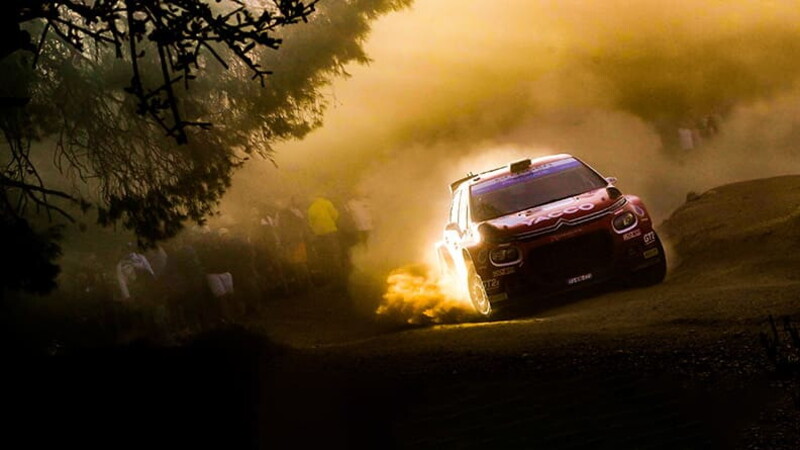WRC Greece: why tyres matter

The Acropolis Rally is among the legendary events of the World Rally Championship, with a reputation as one of the toughest challenges for drivers, cars and tyres.
The demands are numerous and include the often rocky and abrasive surface. The sun-baked gravel roads of Greece are perhaps smoother and repaired to a better condition than they were in the past, but they still remain among some of the roughest used by the modern WRC where events are generally driven at a higher pace than ever. And as speeds have increased, so have the forces on cars and tyres, meaning events like the Acropolis retain their challenges.

With the rally taking place only a few days after the end of August, high temperatures are almost a given. Then there's the nature of the stages themselves, which twist their way up, down and around mountains, ensuring the tyres are almost always working. The loose surface also offers little in the way of grip for those starting at the front of the road order.
Therefore, while the wear resistance offered by the hard-compound Pirelli Scorpion KX tyre is likely to make it the most popular choice during the weekend, the soft compound could also be favoured by those in need of extra traction.
Either way, tyre management is always a key to glory in Greece – especially with a route that favours long stages, remaining faithful to the legend of the Acropolis.

Acropolis Rally for dummies
Sharing its name with the world-famous landmark above Athens where the event officially begins, the Acropolis Rally was part of the inaugural World Rally Championship in 1973 and most recently returned to the calendar in 2021 after eight years away.
Although the overall competitive distance is shorter than before, the event continues to honour its marathon roots, and not just with its start in the ancient capital city. After a short new super special on Thursday evening, the action moves west on Friday morning to classic roads around Loutraki. There's no mid-day service, just a chance to fit fresh tyres before tackling more stages in the afternoon on the way back to the service park in Lamia – more than 200 kilometres north of Athens.
This serves as the base for the rest of the weekend, including a gruelling Saturday made up of two loops of 70.76 competitive kilometres. That includes the longest stage of the weekend, Karoutes – a downhill, extended version of last year's Bauxites. The famous Tarzan test precedes a new Grammeni Power Stage on Sunday.




